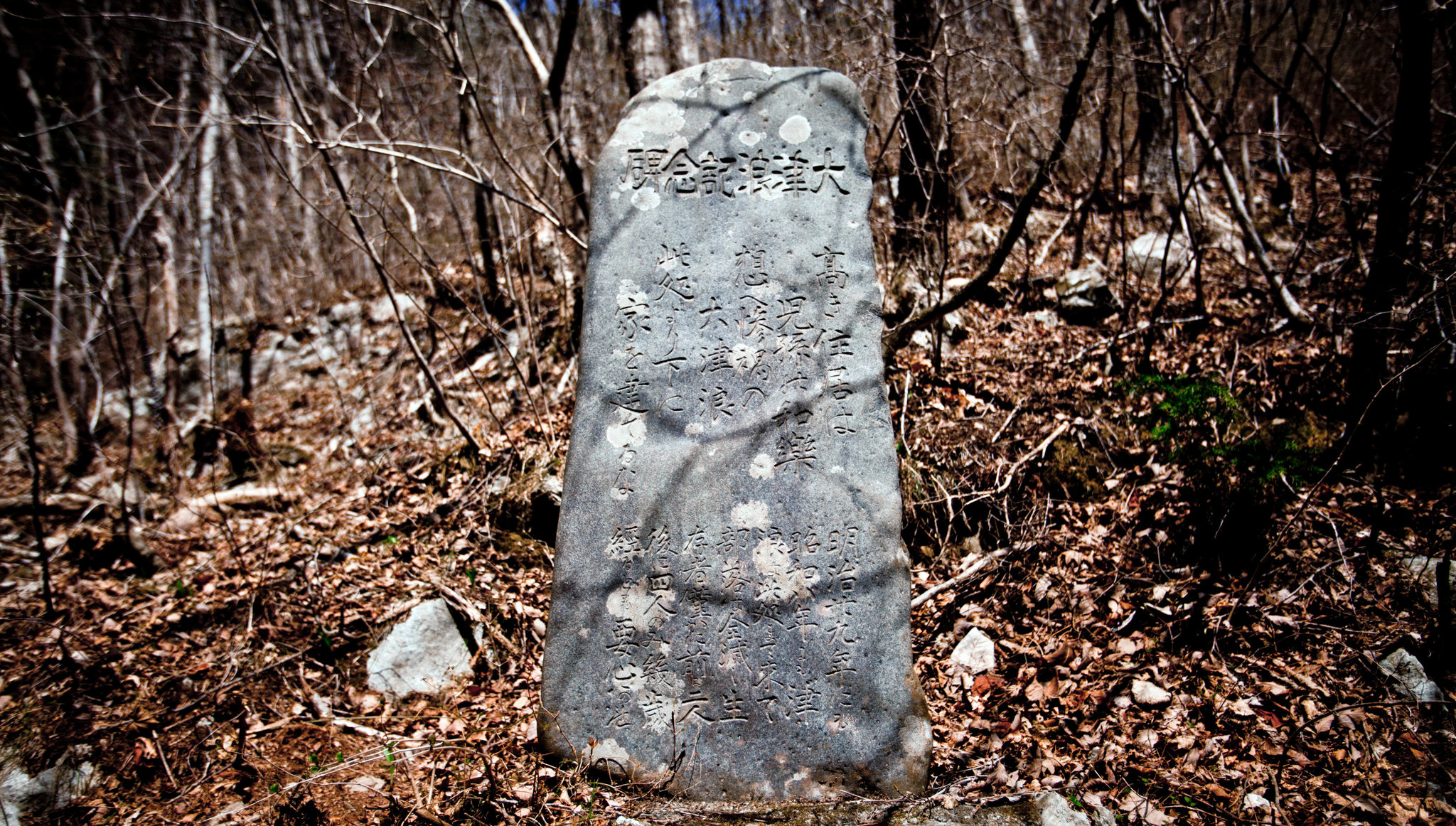Reading
• Liz Koslov; The Case for Retreat. Public Culture, 1 May 2016; 28 (2 (79)): 359–387. I recommend that you start with this piece and think about the aftermath of disaster, and in particular flood-related disasters.
• Next, I recommend you read one of the below three texts describing An Incomplete Atlas of Stones (2015-2017), a 250-page book that was the thesis project for Elise Misao Hunchuck’s graduate degree in architecture at University of Toronto. The text of the first two links are the most thorough, but make sure you click through all three to view the images, and make sure to zoom in your browser so you can view the text of the images. The second link concludes with this passage, which relates to many ideas we’ve spoken about this semester:
“What, we might ask, is the epistemological status of these markers? What kind of knowledge do they produce? What is the effect of these markers on the way communities and governments understand the always present risk of an earthquake or tsunami? … This incomplete atlas shares the stories of seventy fives places, each without a definitive beginning or end.”
- Hunchuck in The Funambulist, 2017
- Hunchuck on her own website, elisehunchuck.com, and
- “Warnings Along the Inundation Line”, the project featured in BLDGBLOG, a site about architecture and urban design. This one has the most images of pages from the book.
• Lastly, I hope you still have time to read this excellent article by Marita Sturken: “The 9/11 Memorial Museum and the Remaking of Ground Zero”, American Quarterly, Vol. 67, No. 2 (June 2015), pp. 471-490. This piece describes a very different kind of memorialization than the tsunami stones in Japan.
Taken together, I hope these texts help us think about the idea that every memorialization of disaster is a way of processing the traumas produced by the event, and simultaneously, a way of preparing for future such disasters. Perhaps some of your final projects may consist of or partly involve some aspect of memorialization. Keep in mind the ways that such things literally make space for remembrance as both a way for processing grief, and their own form of preparedness.
Optional readings
• (Optioanl.) Brian Michael Murphy, We the Dead: Preserving Data at the End of the World, 2022. If we had more time, the next thing I would want to read after the above is this book. In it, Murphy visits and discusses a massive repository of cultural objects called Iron Mountain, designed to preserve these materials from any possible future destruction. This not really a memorial, but rather a form of cultural disaster preparedness.
• (Optional.) It was challenging to pick one piece by Marita Sturken for us to read. I also considered “The aesthetics of absence: Rebuilding Ground Zero”, American Ethnologist, Vol. 31, No. 3, pp. 311 – 325, 2004. Which connects with many other topics we’ve discussed this semester. Sturken also has two books that elaborate on these themes: Tourists of History: Memory, Kitsch, and Consumerism from Oklahoma City to Ground Zero (2007), and Terrorism in American Memory: Memorials, Museums, and Architecture in the Post-9/11 Era (2022).
Examples
I also encourage you to look around for other disaster memorials this week and think about how they relate to the above themes. Consider mentioning some of these in your reading responses. I’ll suggest a few below that I hope we have time to talk about in class.
- Vietnam Veterans Memorial, Washington, DC, designed by Maya Lin
- Memorial to the Murdered Jews of Europe, Berlin, Germany;
- Triangle Shirtwaist Factory Fire Memorial, soon to be completed in fall 2023 near Washington Square Park;
- You might also think about all the various Civil War memorials that were put up around the country in the decades after that conflict, in particular the memorials for the Confederacy which have recently been subject for debate and targeted for removal, often successfully;
- I am not aware of a memorial for the genocide of First Nations Peoples in North America, although apparently there was an effort to create one at in the early 20th century on Staten Island;
- Any other examples that you’re interested in?
Student shares
Thanks to everyone who shared some additional material related to today’s class. I’ll include that here:
Here is a piece that focuses on the practice of artist Matthew Buckingham. He works a lot with ideas of calamity and dispossession, and specifically how these histories are publicly remembered. His approach to presenting research in a non-didactic way is really interesting, especially the analysis of Muhheakantuck (p. 163-168), which delves into history of the Hudson River and its settler colonialist past.
Also, Cannupa Hanska Luger has some great projects that deal with environmental justice and social collaboration. He and some others presented an adapted workshop during the early pandemic called the “Virtual Sewing Circle” (YouTube video, description begins at 14:30), which explores how ‘shelter’ can be framed around support networks, as opposed to the typical brick and mortar definition. This is very much in line with our discussion on social infrastructure and points raised in class about community-building.

Leave a Reply